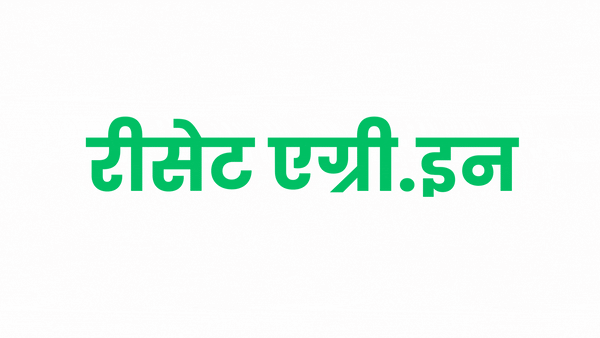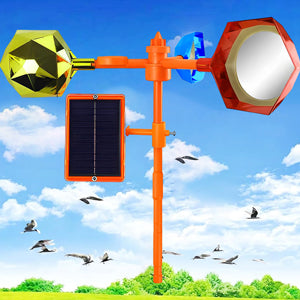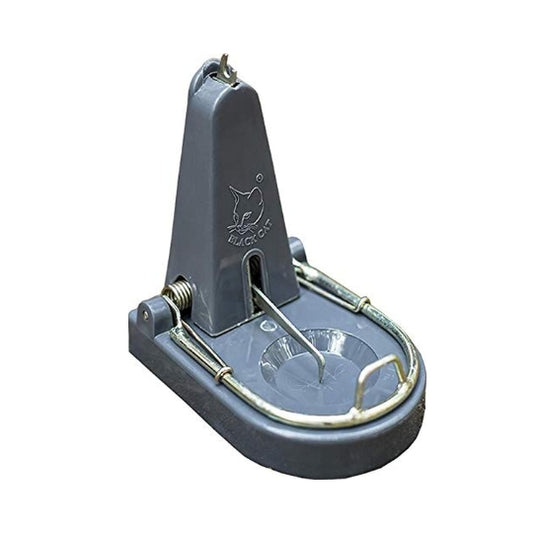
Tomato Prices: Roller Coaster Ride for Farmers and Consumers
Share
Tomato prices in India have been on a roller coaster ride in the past four months. In June, prices soared to ₹100 per kg in some parts of the country, making national news and trolling the central government. However, prices have since crashed, with farmers now facing losses as they are unable to sell their produce at even ₹10 per kg.
There are a number of factors that have contributed to this volatility. One is the fact that tomatoes are a highly perishable crop, with a shelf life of only a few days. This means that any disruption to the supply chain can quickly lead to price spikes. Another factor is that tomato production is seasonal, with the main harvest season running from October to March. This means that prices tend to be higher during the off-season, when supply is lower.
In addition, tomato prices are also affected by weather conditions. Extreme heat, drought, and floods can all damage crops and reduce supply. In recent months, India has experienced a number of extreme weather events, which have contributed to the volatility in tomato prices.
The volatility in tomato prices has had a negative impact on both farmers and consumers. Farmers are unable to predict how much they will earn for their produce, making it difficult to plan their investments. Consumers, on the other hand, have to contend with unpredictable price swings, which can make it difficult to budget for their household expenses.
Strategies for Indian Farmers to Make Profit from Tomato Cultivation
Given the volatile nature of tomato prices, it is important for farmers to develop strategies to mitigate the risks and improve their profitability. Here are a few tips:
- Choose the right variety: There are a number of different tomato varieties available, each with its own unique characteristics in terms of yield, taste, and shelf life. Farmers should choose varieties that are well-suited to their local climate and growing conditions.
- Plant during the optimal season: To avoid the off-season, when prices are typically lower, farmers should plant their tomato crops during the optimal season. This will help to ensure that they are able to sell their produce at a good price.
- Use good agronomic practices: Good agronomic practices, such as proper irrigation, fertilization, and pest control, can help to improve tomato yields and reduce losses.
- Invest in post-harvest management: Post-harvest management practices, such as grading, sorting, and packaging, can help to extend the shelf life of tomatoes and reduce spoilage. This will help farmers to get a better price for their produce.
In addition to the above strategies, farmers can also consider the following:
- Forming cooperatives: Cooperatives can help farmers to reduce costs, improve marketing, and get a better price for their produce.
- Contract farming: Contract farming can provide farmers with a guaranteed market for their produce at a predetermined price. This can help to reduce the risk of price volatility.
- Processing tomatoes: If prices are low, farmers can consider processing their tomatoes into other products, such as ketchup, puree, or paste. This can help to add value to their produce and improve their profitability.
By following these strategies, Indian farmers can mitigate the risks associated with tomato cultivation and improve their chances of making a profit.










